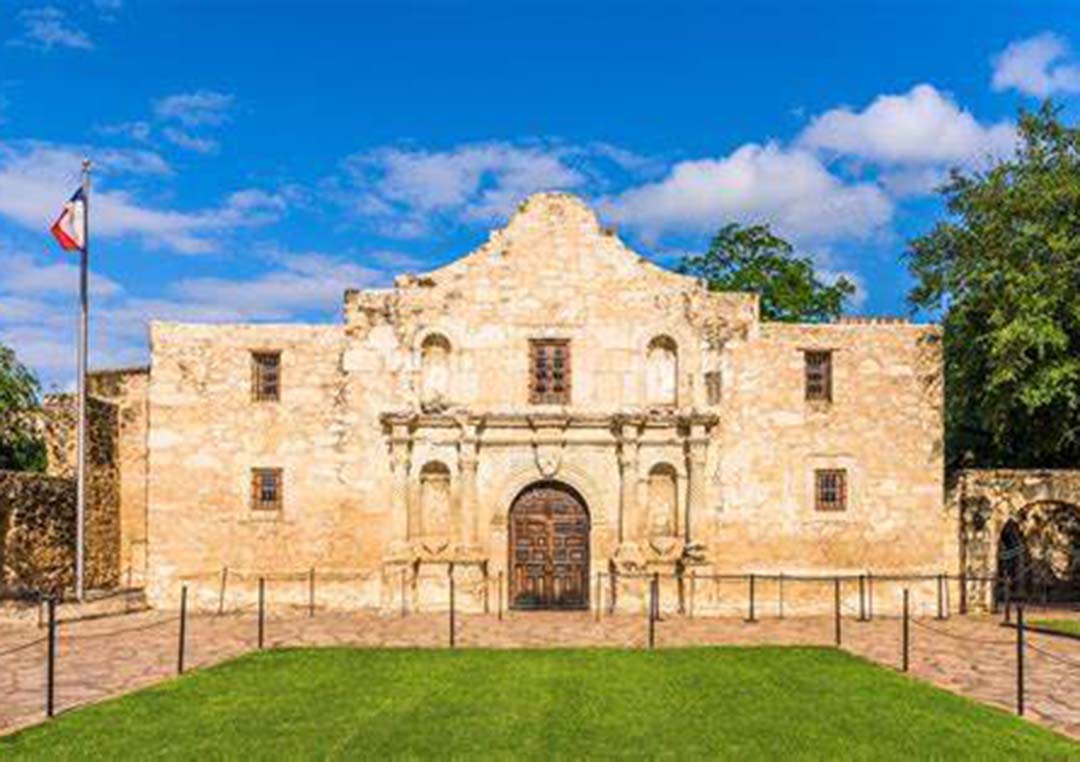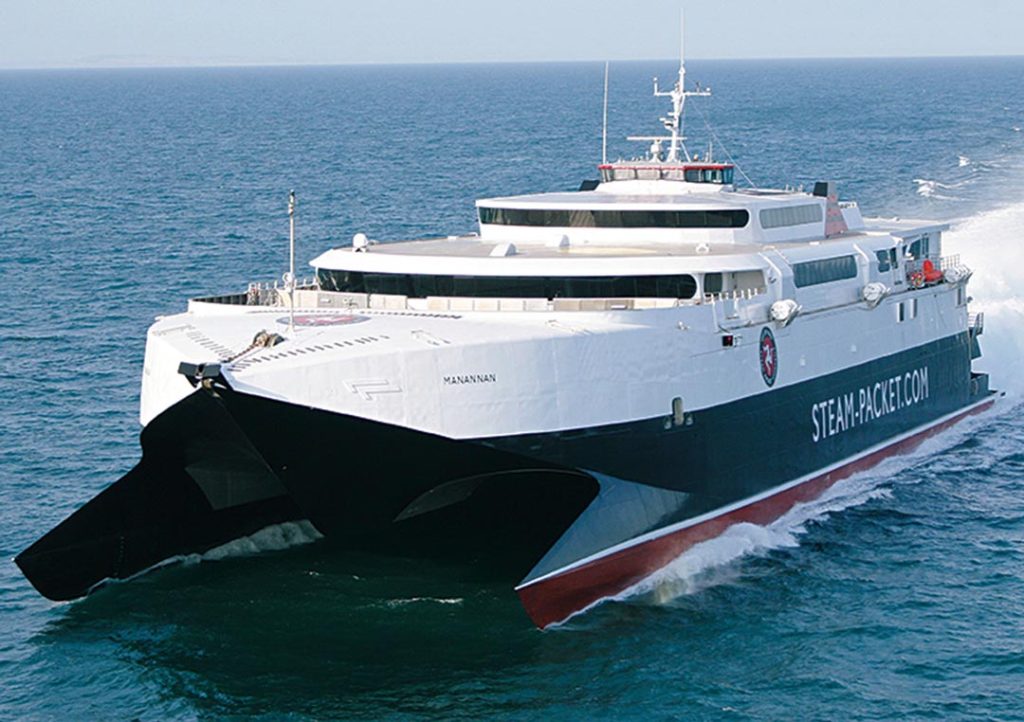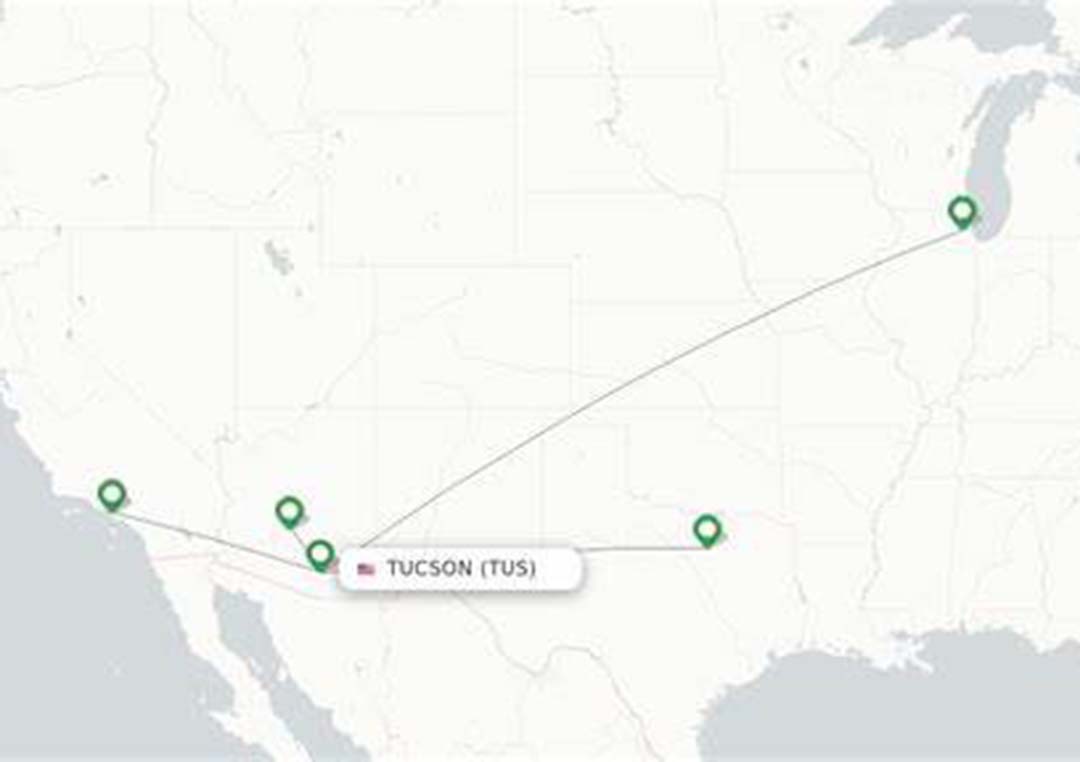Las Vegas, known as the Entertainment Capital of the World, is not only famous for its vibrant nightlife and world-class entertainment but also for its unique desert climate. Understanding the weather patterns of Las Vegas can greatly enhance your travel experience, helping you make the most of your trip to this iconic destination. In this comprehensive weather guide, we’ll delve into the climate of Las Vegas, highlighting the seasonal variations, weather trends, and the best times to visit throughout the year.
Nestled in the Mojave Desert of Nevada, Las Vegas experiences a desert climate characterized by hot summers, mild winters, and low humidity levels throughout the year. The city receives abundant sunshine, with clear skies prevailing for the majority of the year. However, despite its desert setting, Las Vegas does have distinct seasons, each offering its own unique charm and appeal to visitors.
Summer in Las Vegas
Summer in Las Vegas spans from June to August and is characterized by scorching temperatures and minimal precipitation. Daytime temperatures often soar above 100°F (37.8°C), with occasional heatwaves pushing the mercury even higher. The evenings provide some relief from the heat, with temperatures dropping to more comfortable levels. However, it’s essential to stay hydrated and seek shade when exploring outdoor attractions during the daytime.
Fall in Las Vegas
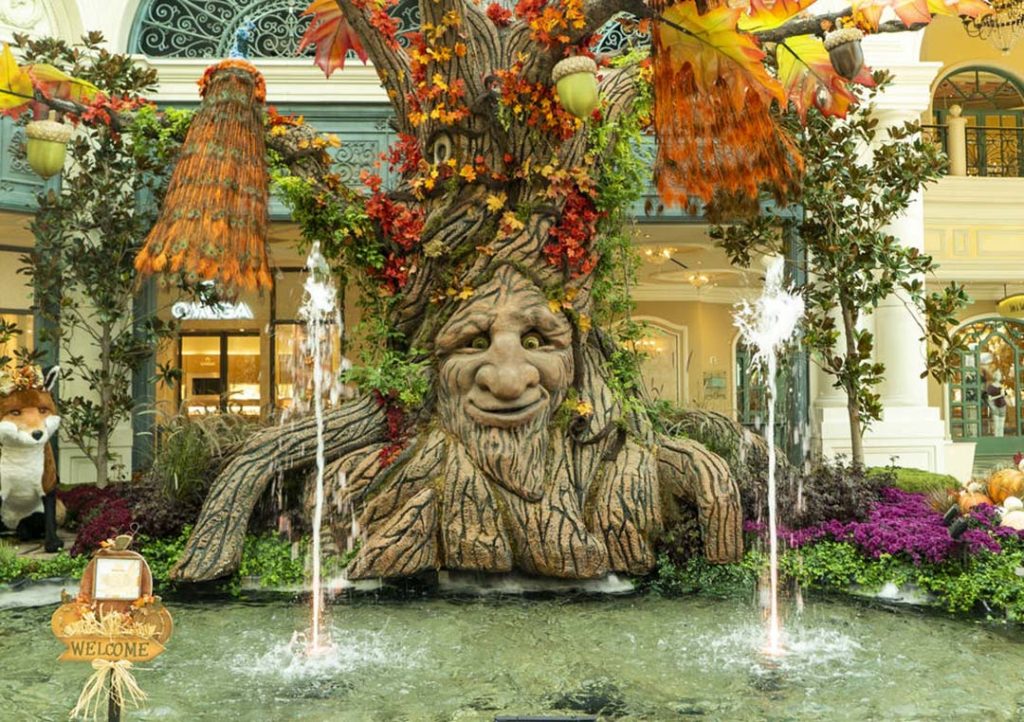
Fall, spanning from September to November, offers a welcome respite from the scorching summer temperatures in Las Vegas, making it an ideal time to visit this vibrant city. During this season, daytime temperatures gradually decline, ranging from the mild mid-80s to low 90s°F (29-35°C), providing visitors with more comfortable conditions for outdoor exploration and sightseeing. The evenings also bring relief, as temperatures become pleasantly cool, creating the perfect atmosphere for leisurely walks or outdoor dining experiences.
Moreover, fall in Las Vegas marks the beginning of the city’s event season, with an array of festivals, concerts, and outdoor activities taking place throughout the city. Visitors can immerse themselves in the cultural and entertainment scene by attending events such as the Life is Beautiful Music & Art Festival, where they can enjoy live music performances, art installations, and culinary delights from local and international artists. Additionally, the Las Vegas Food & Wine Festival offers food enthusiasts the opportunity to indulge in gourmet cuisine, wine tastings, and cooking demonstrations showcasing the city’s diverse culinary scene.
For those seeking outdoor adventures, fall is the perfect time to explore the natural wonders surrounding Las Vegas, such as Red Rock Canyon National Conservation Area and Valley of Fire State Park. Hiking, rock climbing, and scenic drives through the stunning desert landscapes are popular activities during this season, allowing visitors to appreciate the beauty of Nevada’s rugged terrain.
In addition to cultural and outdoor events, fall in Las Vegas also coincides with the start of the city’s professional sports seasons, offering sports fans the chance to catch exciting games of basketball, hockey, and football at venues like the T-Mobile Arena and Allegiant Stadium. Whether you’re a music enthusiast, foodie, outdoor adventurer, or sports fan, fall in Las Vegas promises an unforgettable experience filled with excitement, entertainment, and adventure.
Winter in Las Vegas
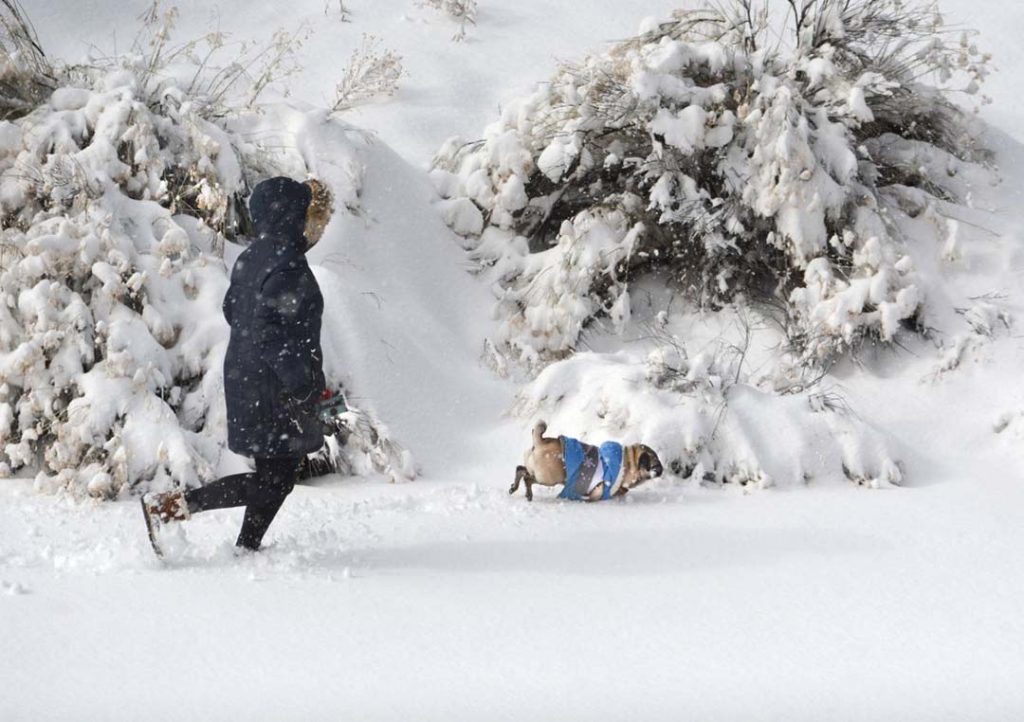
Winter, from December to February, is characterized by mild daytime temperatures and chilly evenings. While snow is rare in Las Vegas itself, the surrounding mountains may experience occasional snowfall, creating picturesque vistas visible from the city. Daytime temperatures typically range from the mid-50s to low 60s°F (12-16°C), making it an ideal time for outdoor exploration and sightseeing.
Spring in Las Vegas
Spring, from March to May, heralds the arrival of warmer weather and blooming desert flora. Daytime temperatures gradually rise, ranging from the high 60s to mid-80s°F (20-29°C), while nights remain comfortably cool. Spring is an excellent time to visit Las Vegas for outdoor activities like hiking, golfing, and exploring the city’s scenic landscapes.
Best Times to Visit Las Vegas
The best time to visit Las Vegas largely depends on individual preferences and the type of activities you plan to enjoy during your trip. For those seeking to experience the vibrant nightlife and pool parties, summer may be the preferred choice despite the intense heat. Alternatively, fall and spring offer pleasant weather conditions for outdoor activities and sightseeing without the extreme temperatures of summer. Winter, while cooler, presents excellent opportunities for exploring indoor attractions, attending shows, and enjoying holiday festivities.
Planning Your Las Vegas Adventure
Understanding the climate of Las Vegas is essential for planning a successful and enjoyable trip to this dynamic city. Whether you’re drawn to the excitement of summer, the festive atmosphere of fall, the mild temperatures of winter, or the blooming landscapes of spring, Las Vegas offers something for every traveler throughout the year. By considering the seasonal variations and weather trends outlined in this guide, you can make informed decisions to ensure a memorable and comfortable experience during your visit to Las Vegas.

